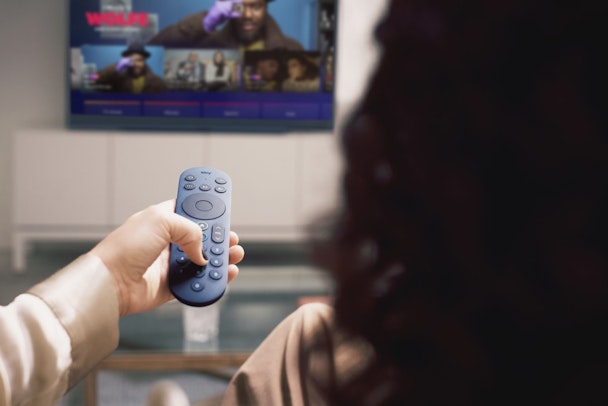Why Sky wants to be first broadcaster to apply addressable tech to TV sponsorship
In a world-first, Sky Media last month announced it had brought its addressable technology to TV sponsorship. We find out how this could theoretically allow sponsors to switch up idents based on viewer data, or – even more interestingly – open up IP to multiple partnerships based on location.

Sky is looking to increase the effectiveness of TV sponsorships
Sky’s Adsmart tech has been driving its addressable TV boom, helping brands target TV creative based on numerous viewer data points as well as first-party customer data. But that process has flexed into the lucrative world of sponsorship too.
It is pitching brands that the ability to apply variable and even personalized idents could improve the effectiveness of the spots. It said: “It will likely benefit from the same uplifts in relevance that Adsmart has seen”, adding that, on average across thousands of AdSmart campaigns, advertisers have seen a 48% reduction in tune-away, 35% increase in engagement and 10% increase in spontaneous recall when using addressable technology.
As for concrete examples of how it can be applied, Sky offers: “A car brand could change the car model featured depending on the affluence or life-stage of the household, or change the scenery and voice-over depending on location.”
TV sponsorships are currently sold on current commercial value – and sometimes, if there is competition, a best offers process. Sky thinks there will be more demand for the product with the addition of the dynamic tech.
A spokesperson for Sky offered further information on the advancement: “Advertisers were not openly asking for us to do this, but we knew from the success of AdSmart that more relevant ads are more effective. Allowing advertisers to harness addressability in this way could only be a good thing – either to enhance a sponsorship they already have or to enable them to make a new sponsorship work harder.”
While there are numerous applications of the tech, Sky is focused on helping sponsors drive more relevant creative (which means more asset production) rather than dividing up sponsorships by geography or audience – at least for now. From the one core creative idea, voiceovers can be regionalized and products can be swapped out based on household affluence (ads are increasingly shoppable now remember) too.
“For example, a SUV for a family audience or a city run-around for a younger urban audience. Or they could switch message slightly for existing or lapsed customers. Another example could even be the type of pizza toppings most popular by region – pepperoni for Birmingham, meat for Manchester and ham and pineapple for Southampton.”
On what sponsorships brings to the table, smart or not, Sky pitches that they “significantly boosting awareness, brand health and brand stature (through the credibility and trust of TV and the quality and style of the content) – the longer the sponsorship runs, the better the brand results”.
Beyond the sponsorship itself, it often looks to retarget TV viewers across TV and digital with the creative to drive recall too.
But for marketers, some thought is needed. More production will be required based on how they will harness Sky’s or their own data. They will also have to consider the cost of both the extra creative and any serving costs.
Unfortunately, the product will not be rolled out to the market until the second half of 2022, and just on Sky properties at launch – although it looks to expand in the following years.
AdSmart is available across Sky and Virgin homes on over 100 channels. It claims to reach more than 95% of the UK population. The new tech, it says, attracted 450 new brands into TV in 2021. So far, that’s had a return rate of 73%.
Check out The Drum’s Future of TV hub here and sign up to the newsletter here.

